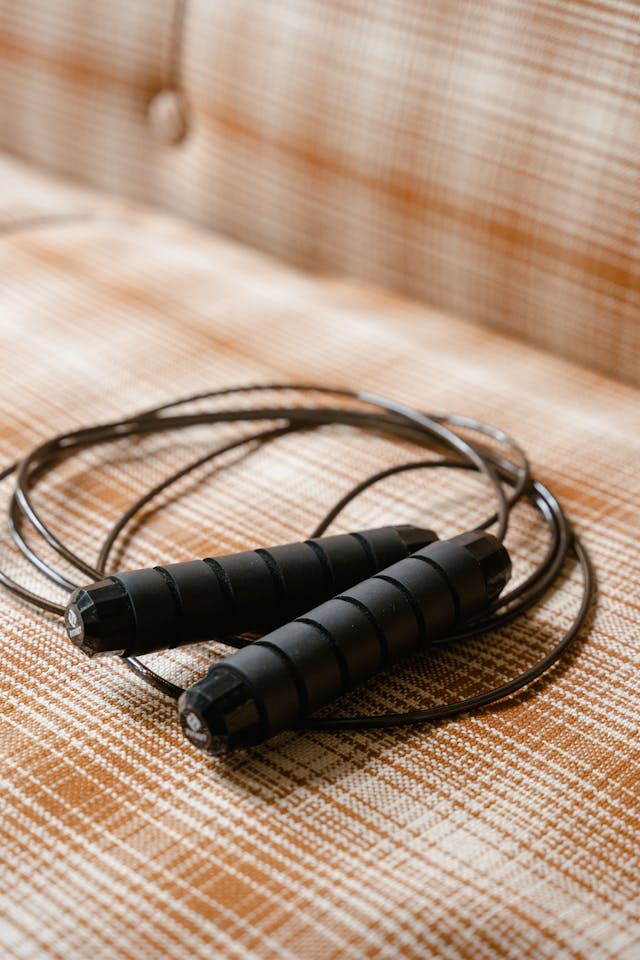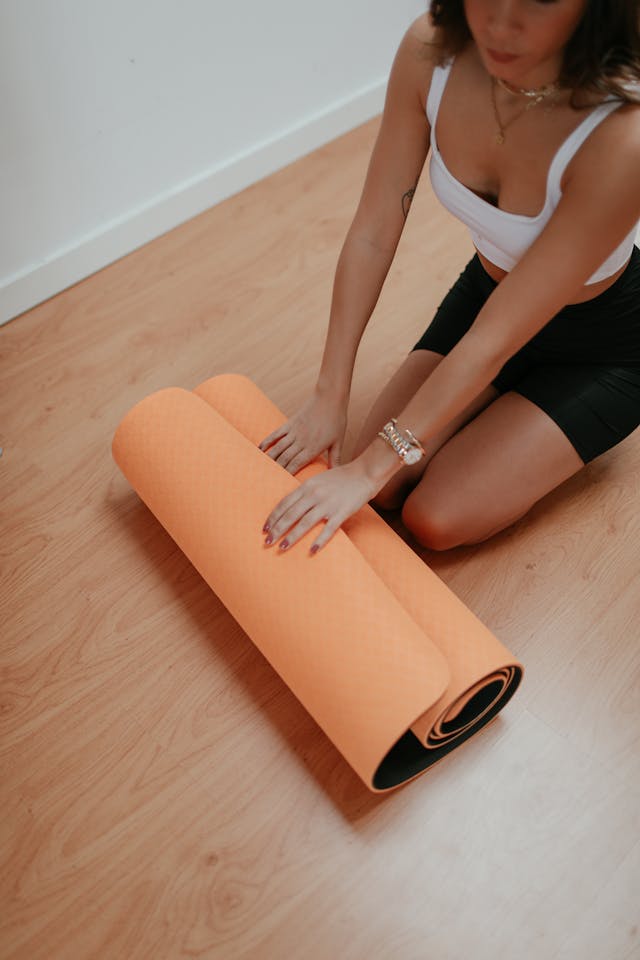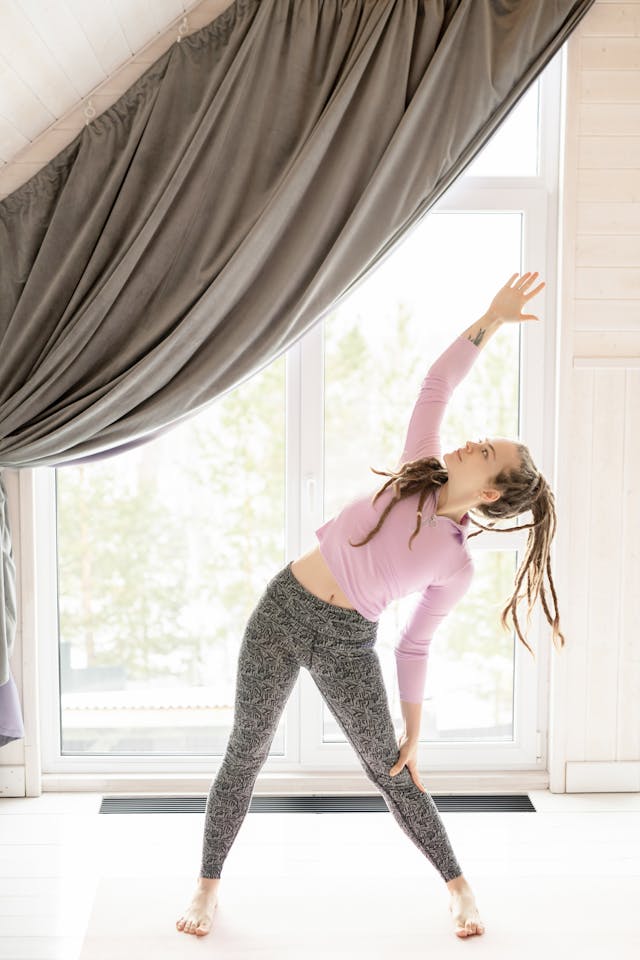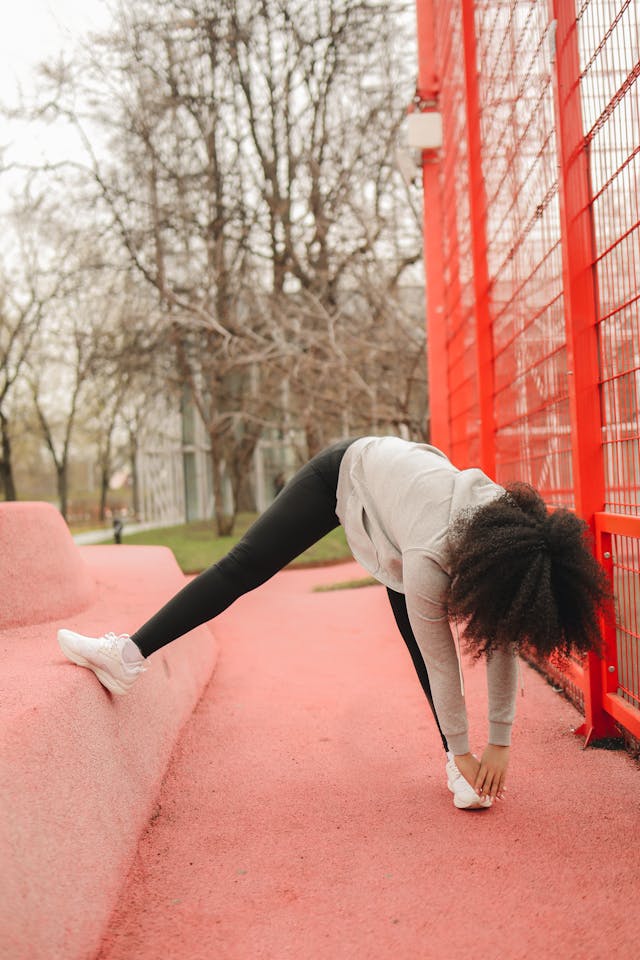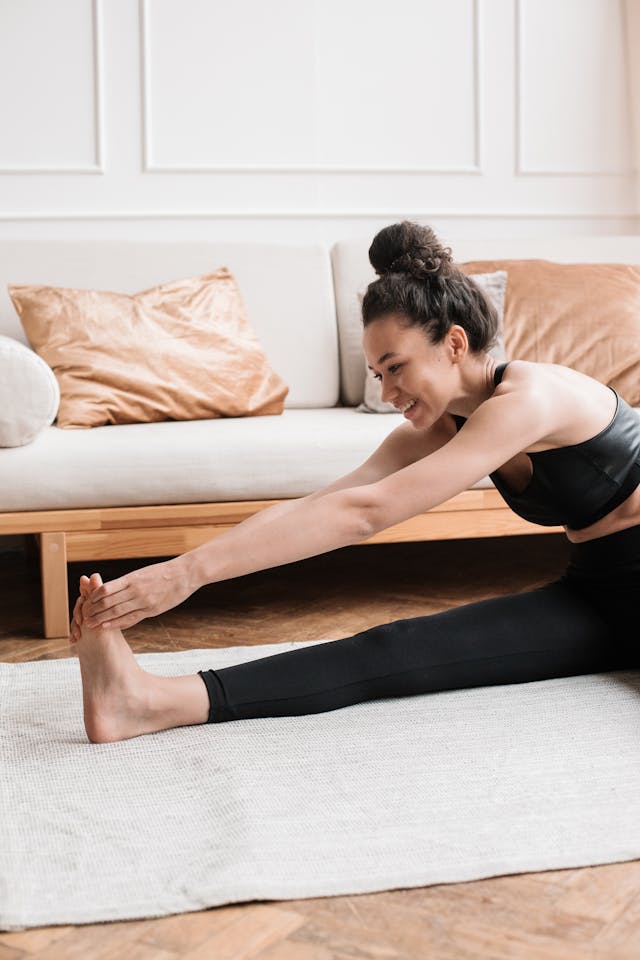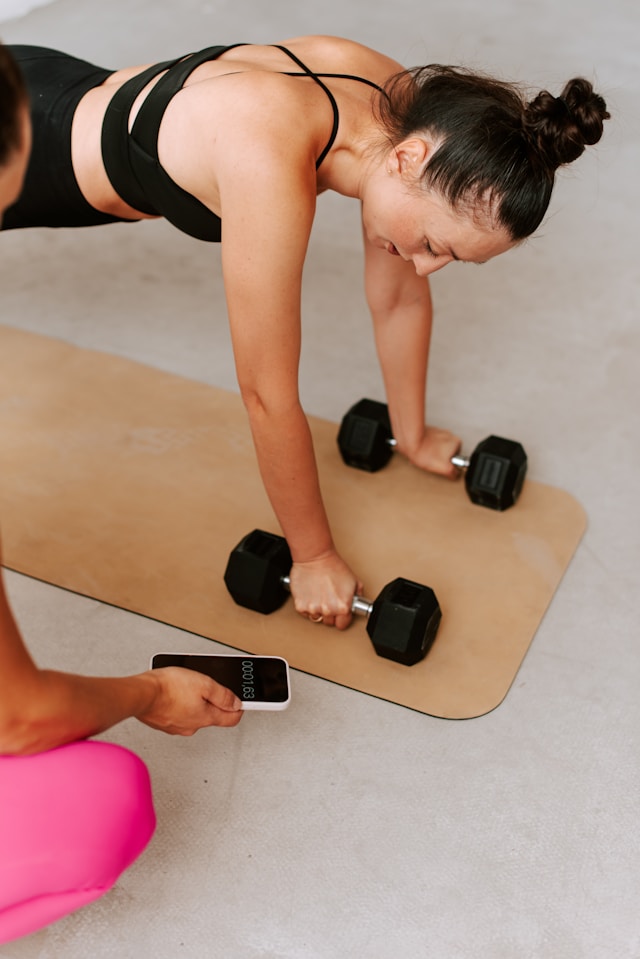How to Jump Rope: The Ultimate Beginner’s Guide
Jump rope might remind you of playground games, but this simple exercise has evolved into one of the most effective full-body workouts available. Professional athletes, fitness enthusiasts, and casual exercisers alike have discovered what boxers have known for decades—jumping rope delivers incredible results in minimal time.
This comprehensive guide will take you from complete beginner to confident rope jumper. You’ll learn proper technique, avoid common mistakes, and discover why this affordable piece of equipment might be the best fitness investment you’ll ever make. Whether you’re looking to improve cardiovascular health, lose weight, or simply add variety to your workout routine, mastering the jump rope opens doors to countless exercise possibilities.
Why Jump Rope Is Perfect for Beginners
Jump rope stands out as an ideal beginner exercise for several compelling reasons. First, it requires minimal equipment—just a rope and enough space to swing it overhead. Unlike gym memberships or expensive machines, a quality jump rope costs less than $20 and fits easily in a small bag.
The exercise also provides immediate feedback. When you miss a step or lose rhythm, the rope stops, giving you instant awareness of your form and timing. This natural feedback loop accelerates learning and helps you develop coordination quickly.
From a fitness perspective, jumping rope burns approximately 10-15 calories per minute, making it comparable to running at a six-minute mile pace. However, unlike running, jump rope is lower impact when performed correctly, placing less stress on your joints while still delivering exceptional cardiovascular benefits.
Essential Equipment for Jump Rope Success
Choosing the Right Rope
Not all jump ropes are created equal. For beginners, a basic PVC or leather rope works excellently. Avoid weighted ropes initially, as they can interfere with learning proper technique. The handles should feel comfortable in your grip and rotate smoothly.
Proper Rope Length
Rope length significantly impacts your jumping experience. Stand on the center of the rope with both feet together. The handles should reach approximately your armpits when held upright. If the rope extends beyond your shoulders, it’s too long. If it doesn’t reach your armpits, it’s too short.
Most adjustable ropes allow you to customize length easily. Start slightly longer than needed—you can always shorten the rope, but lengthening requires replacement.
Footwear and Surface
Wear supportive athletic shoes with good forefoot cushioning. Avoid running shoes designed primarily for heel striking, as jump rope emphasizes forefoot landing.
Choose your jumping surface carefully. Wooden floors, thin exercise mats, or low-pile carpet work best. Avoid concrete, asphalt, or thick, soft surfaces that can cause instability or excessive joint stress.
Mastering Basic Jump Rope Technique
Starting Position
Stand upright with feet together, holding the rope handles loosely in your hands. Your elbows should rest comfortably at your sides, with forearms extending forward at roughly 45-degree angles. Keep shoulders relaxed and avoid hunching forward.
The Jump Motion
Begin with small, controlled bounces on the balls of your feet. Stay light—you only need to lift off the ground about one inch. Land softly, allowing your knees to bend slightly to absorb impact. Maintain this gentle bouncing rhythm without the rope initially.
Adding the Rope
Once comfortable with the bouncing motion, introduce the rope. Start with the rope behind your feet. Use primarily wrist motion to swing the rope overhead and forward. Your arms should remain relatively still, with wrists doing most of the work.
Time your jump as the rope approaches your feet. The goal is smooth, continuous motion where the rope passes under your feet during each bounce.
Breathing and Rhythm
Breathe naturally while jumping. Many beginners hold their breath initially, which leads to quick fatigue. Find a comfortable rhythm—many people naturally fall into patterns of 120-140 jumps per minute.
Common Beginner Mistakes and Solutions
Jumping Too High
New jumpers often leap several inches off the ground, wasting energy and increasing impact. Focus on minimal clearance—just enough for the rope to pass underneath. Practice bouncing in place without the rope to develop the correct height.
Using Arms Instead of Wrists
Swinging the entire arm creates inefficient, tiring motion. Keep your upper arms relatively stationary and generate rope movement through wrist rotation. Think of turning small circles with your hands rather than large movements with your whole arms.
Looking Down at Feet
Watching your feet throws off balance and timing. Keep your head up and eyes forward. Trust your peripheral vision to gauge rope position.
Inconsistent Timing
Rushing or varying your pace leads to frequent trips. Count beats in your head or jump to music with a steady tempo. Start slowly and gradually increase speed as coordination improves.
Building Your Jump Rope Routine
Week 1-2: Foundation Building
Start with 30-second intervals followed by 30-60 seconds of rest. Aim for 5-10 intervals per session, focusing entirely on form over speed or duration. Practice every other day to allow recovery time.
Week 3-4: Increasing Duration
Extend intervals to 60-90 seconds with similar rest periods. Begin incorporating different foot patterns, such as alternating feet or side-to-side steps. Continue emphasizing proper technique.
Week 5-6: Adding Complexity
Introduce longer intervals of 2-3 minutes with 1-2 minutes rest. Experiment with different jumping styles like double unders (rope passes under feet twice per jump) or criss-cross arm movements.
Progressive Training Tips
Track your progress by counting consecutive jumps without missing. Set small, achievable goals—perhaps 25 consecutive jumps in week one, building to 100 by week four.
Listen to your body and adjust intensity accordingly. Jump rope is demanding, especially for beginners. Soreness in calves, feet, and forearms is normal initially but should decrease as fitness improves.
Troubleshooting Common Challenges
Tripping Frequently
If you trip constantly, slow down your pace and check rope length. Many beginners use ropes that are too long, making consistent timing difficult. Practice the bouncing motion without the rope to reinforce proper rhythm.
Quick Fatigue
Jump rope is intense cardiovascular exercise. Start with very short intervals and gradually build endurance. Focus on efficiency—smooth, relaxed movement conserves energy better than tense, effortful jumping.
Foot or Calf Pain
Soreness is normal, but sharp pain indicates potential issues. Ensure you’re landing on the balls of your feet, not flat-footed or on heels. Check that your shoes provide adequate forefoot support.
Coordination Difficulties
Some people naturally develop rhythm faster than others. If coordination feels challenging, practice jumping motion and rope swinging separately before combining them. Consider starting with a longer, heavier rope that moves more slowly through the air.
Next Steps in Your Jump Rope Journey
Once you’ve mastered basic jumping, numerous advanced techniques await exploration. Double unders challenge timing and explosiveness. Footwork variations like boxer steps, heel-toe taps, and lateral movements add complexity and target different muscle groups.
Consider incorporating jump rope into circuit training or high-intensity interval workouts. Its portability makes it excellent for travel workouts or outdoor exercise sessions.
Join online jump rope communities where you can share progress, learn new techniques, and stay motivated. Many experienced jumpers eagerly help beginners overcome challenges and celebrate milestones.
Transform Your Fitness with Simple Consistency
Jump rope mastery doesn’t require athletic genius—just patience, practice, and persistence. Start with short, manageable sessions and focus on building solid fundamentals. Every expert jumper once stood exactly where you are now, rope in hand, taking those first tentative bounces.
The beauty of jump rope lies in its simplicity and scalability. Whether you have five minutes or fifty, whether you’re in your living room or a hotel room, this versatile exercise adapts to your needs and schedule. Begin today with just a few minutes of practice, and watch as this fundamental skill transforms both your fitness and confidence.
